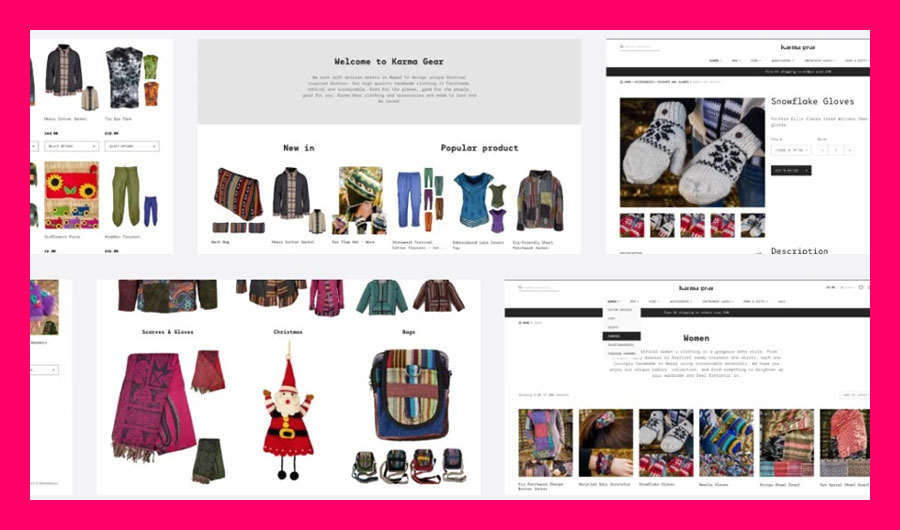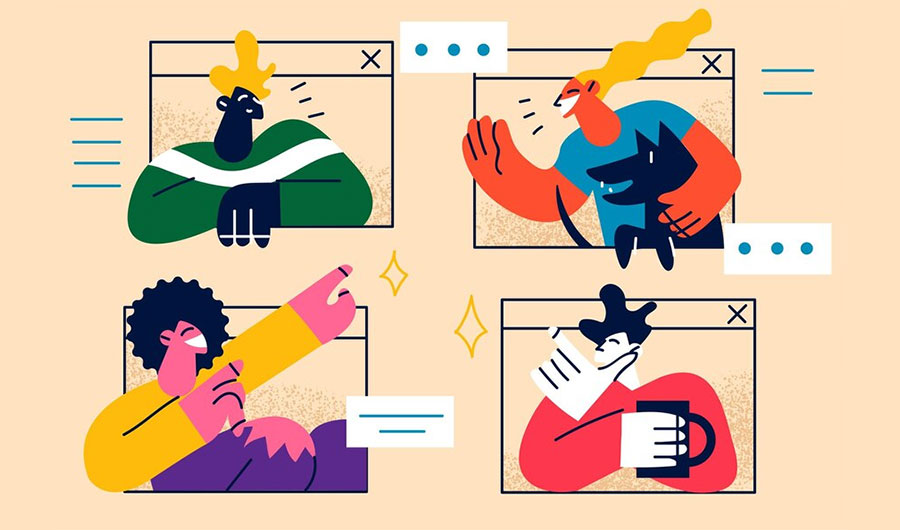
10 Should To Know Styles of Illustration For Illustrators
Terminology creates tension sometimes when anyone does not know and is aware of the subject command as well. Like this, you have to learn more about the illustration, which is the art creation piece that lets us know the message behind it.
Therefore, illustration is a special genre of art on the surface, but dive into the sea of it to learn about the different styles.
History shows that the illustration started with the drawing images, filling the colors, and the design on the rocks and walls. As time passed, the art would be familiar and categorized according to styles and patterns.
As time passed, traditional illustrations shifted into computer-generated programs and made them from computer software and programs. In this blog post, I collect these types of illustrations that should be known to the designers and readers.
Different Styles of Illustration
Vintage
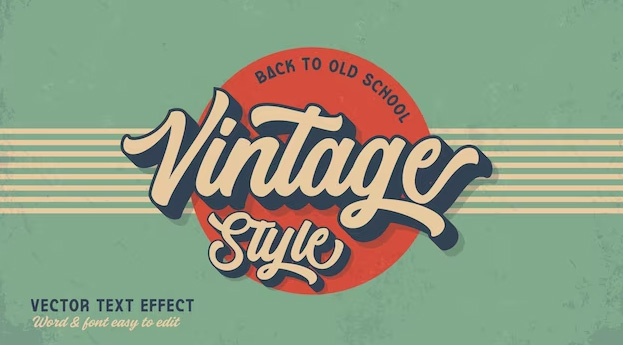
According to the Dictionary of Oxford, “the time something of quality was produced”. Vintage is the popular style in the last century and the past. When we look past culture and traditions. This style has to show in any field of lifestyle. Dresses, home decor, images, gadgets. Everything is based on vintage and Retro wear.
Period— Popular and used in the 19s.
Tools Required– Pen, Pencils, Eraser, and Scale are the traditional tools, and Adobe Illustrator and Adobe Photoshop are trending tools nowadays.
Techniques— Border, Texture, and Color tone, are some techniques.
Genre– Images, Home decor, fashion, Art Deco, symbols, etc.
Natural Illustration
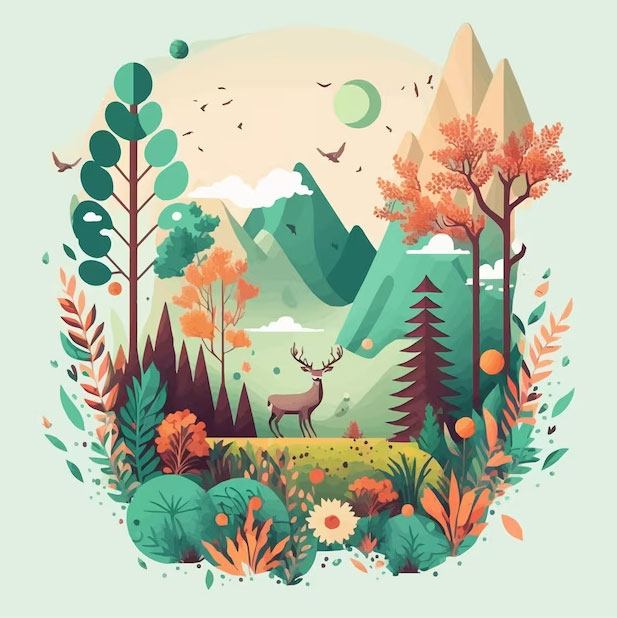
Natural illustration is also known as realistic illustration. As the title supports, this relates to the natural world.
Realistic Illustration tries to understand natural beauty with its pure reality. The artist’s responsibility is to catch the glance of its real piece of art and deliver it in the same manners and style as his artistic tool and show out the message brought by the illustration.
Time-Period– 1850AD- 1900AD and grow up until the traditional painting.
Tools Required– Brushes, pencils colors, etc.
Genre– You can utilize it in Photographs, portraits, Landscapes of any natural scene, experimental illustration, etc.
Cartoon Illustration
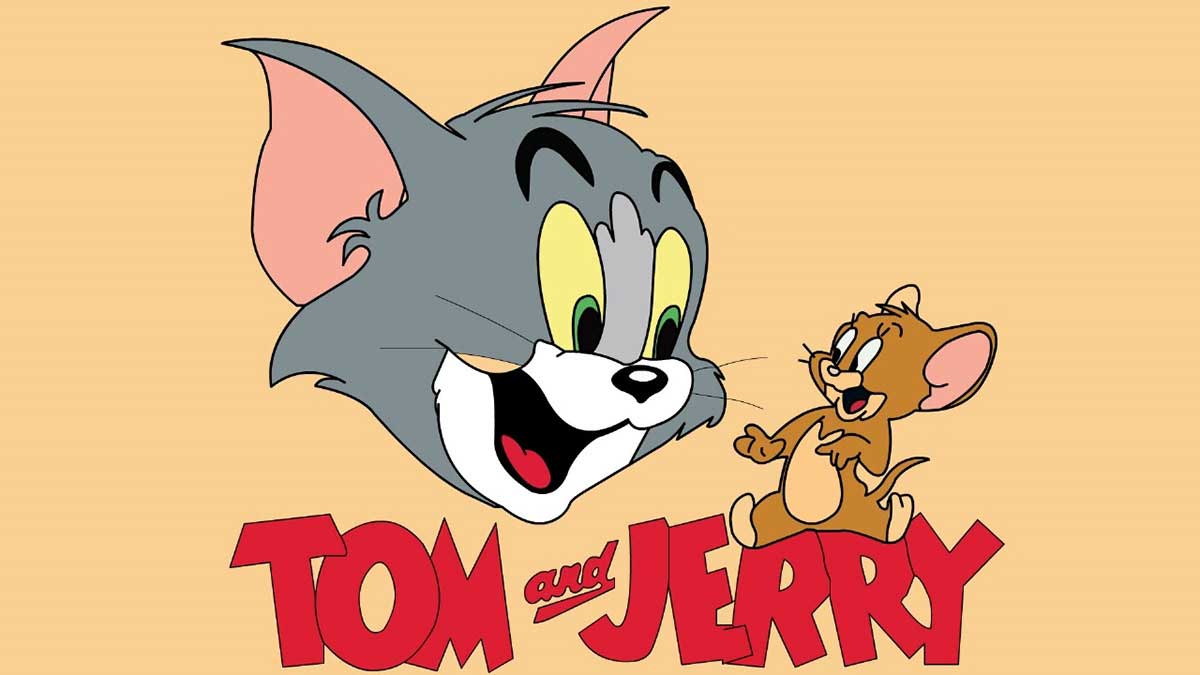
Cartoon illustration is one of the art that convinces kids with numerous moral and laughter stories.
Moreover, the designers designed animal characters and put life into the imaginary world. These cartoon characters are famous like Tom and Jerry, Micky Mouse, Cinderella, etc.
Period— Mid of 19th Century.
Tools and Techniques— Pencils, colors, and pencils are the old tools, and nowadays various software facilities for cartoons and animation like Adobe After Effects, Adobe Character Animator, and Pencil 2D, etc.
Genre– This illustration is critically used in Newspapers, Magazines, stories, cartoons, Political mockery, cartoons, etc.
Acrylic Illustration

The acrylic illustration is referred to as watercolor painting and poster painting. It is a popular illustration that has to be handled with brushes, and colors are mixed and applied on a piece of simple rough paper. To show the different backgrounds and surroundings, artists use different techniques and styles within the watercolors.
Period— This originated in the 18th century.
Tools—Brushes, dye paint, water, mixer, etc.
Techniques—Wet and wet, Bleeding colors and dry brush are some techniques.
Genre– It is used in Landscape, garden or forest tapestry, and cartoon illustration.
Line Art Illustration

Line art illustration is simple, on track, sharp, and transforms the direct message. In this illustration, the artist uses the lines within the pencil and pens with the styles and techniques to represent the elements and image boundaries. This illustration lets us know the tradition. When the image is drawn, the inner part can be colored and may remain white color, and the picture is dominating via outline.
Period— Origin from 75,000 years before.
Tools — Black pencil or pen, and white paper are the tools.
Techniques—Hatching, dots, dashes, and small circles, etc.
Genre– Logo, icon making, Magazine illustration, body art, traditional posters, and modern looks.
Creative and Imaginative Illustration
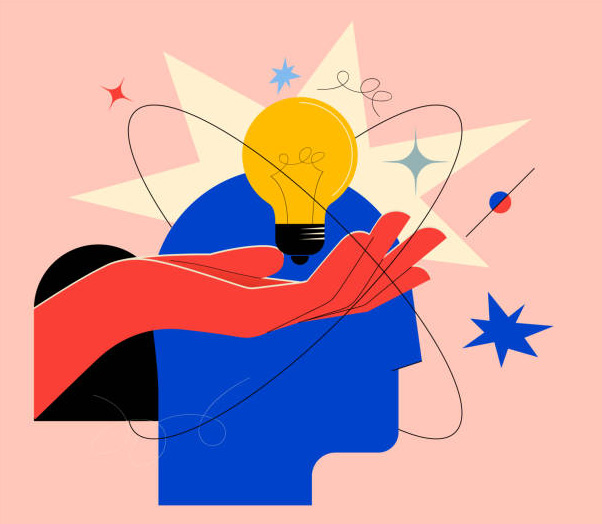
It relates to the fantasy world, science fiction stories, and fable as anyone can imagine the ground of it.
Many of the latest inventions are designed via fantasy illustration resources. Alien shapes, robot styles, superpower heroes, Spiderman, Dreamy World, and space stories are captured and shown on the papers.
Period— After 1860, fiction illustration was viewed in the novel Voyages Extraordinaire.
Tools — Pencils, Pens, colors, etc.
Techniques—Print media, web media, and 3D modeling are the techniques of it.
Genre– It is used in Education, stories, novels, TV shows, films, video games, etc.
Flat Illustration

A flat illustration is also called a 3D illustration. In this genre, you will see the plan images with bright, and eye-catching color combinations.
This type of illustration is so popular and famous nowadays and can be designed with Adobe Illustrator designs for basic images with line art.
Period— It claimed that it is the new genre of illustration, but according to the Interaction Design Foundation, Flat illustration is a combination of Bauhaus, Modernism, and The Swiss Style. People were aware of it from the 1950s to 1960s.
Tools — Flat illustration images can be designed on Adobe Illustrator.
Techniques— Brushes, Gradients, and Texture are some techniques.
Genre– This illustration looks at website home pages, advertising campaigns, Blogs supportive ads, posters, etc. When you interact with Upwork, most images consist of Flat illustrations.
Digital Illustration
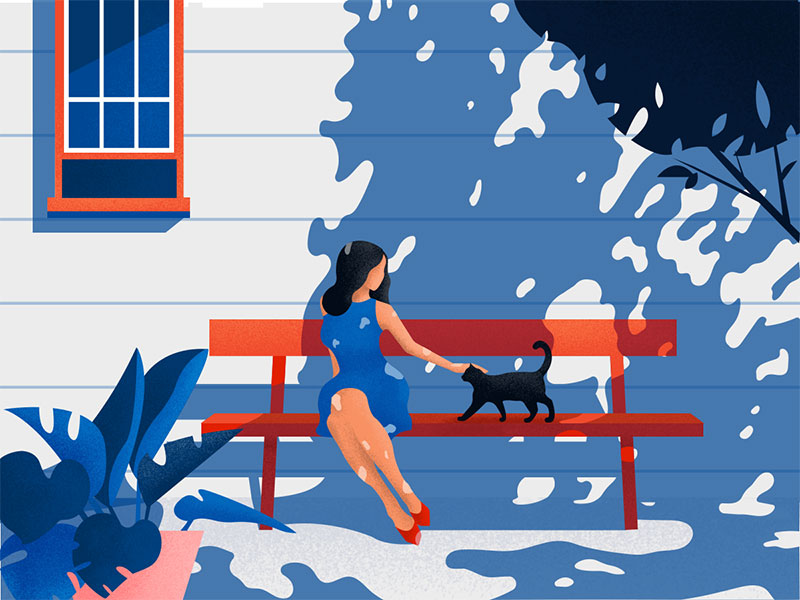
The digital illustration represents the title itself as electric art. It type of art requires software and electronic gadgets. The artist and designer create the images, templates, and infographics with the help of computer input appliances.
It is not only a correlation between the artist and the technology for designing an art piece. Nowadays its roots begin deep with AI-powered-generated images, 2D and 3D media, and more as technology flourishes.
Period—-Digital art was introduced in the 1980s-1990s. But it began, after the Freider Nake’s efforts about the tryout with the relation of Art and Technology.
Tools– Various tools can be found on the web. The famous tool is Adobe Illustrator, Drawing, Adobe After Effects, Sketch, etc.
Techniques– These techniques are used like coloring, photo editing, vector graphics, and 3D modeling.
Genre — It can be used in advertising campaigns, Artistic tapestry, imaginary pictures, Graphics design, etc.
Advertising Illustration

Illustration used in advertising campaigns and marketing is called Advertising illustration. It affects the targeted customers with the help of suitable and related images and pictures. The advertising campaign should be clear, consistent, direct, forward, and acceptable.
Period—- The end of the 1900s century, like after the 1880s.
Tools– Illustrator, Canva, and Photoshop, are the famous software.
Techniques– Editing pictures, text add and formatting, designing images, etc.
Genre— It will be used in Advertising and marketing.
Fashion Illustration
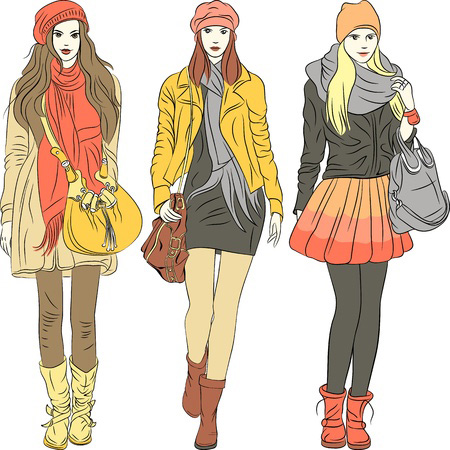
When fashion-related imaginary ideas and projects are examined and prepared in sketches and images, it is called fashion illustration.
Every brand and product needs to be evaluated before introducing to the market and targeted customers. So fashion illustration fulfills the ideas of upcoming trends. Fashion designer uses the fashion illustration.
Period—- After mid-17th , after the 1670s. Le Mercure Galant is a fashion-related magazine introduced in France.
Tools– The designer can use pencils, pens, markers, crayons, and a sketchbook in physical form. Adobe Illustrator and Coral Draw are examples of Software programs.
Techniques– It requires Sketching and painting.
Genre— Fashion illustration designs are worthy for textile companies, clothing brands, fashion magazines, fashion directories, etc.
Conclusion
Note that, Illustration is a pictorial idea, and we are more comfortable with it against the words. Sometimes, illustrations defend the content and define the imaginary world as well. It is the artist’s command which type of illustration appeals to him for work and motivation. So specific artistic work recognizes the designer and pushes him to a superhit career.


